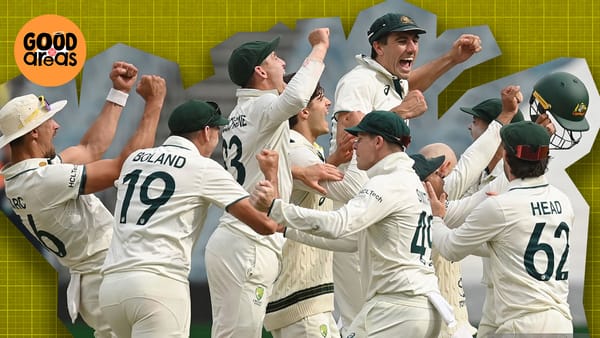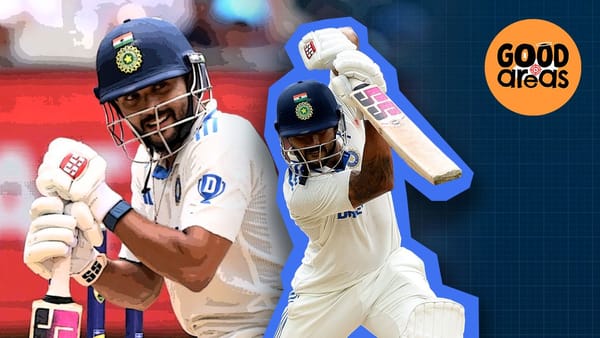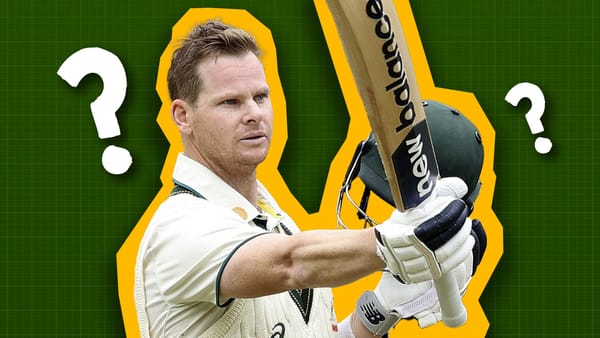CSA shenanigans and what batsmen see
A new video on what is going on with Cricket South Africa and a taste of my piece on batsmen's eyes
I figured most people would be following Cricket South Africa from a safe distance. There’s an old board and an interim one. Haroon Lorgat was involved, then not, then again. They’ve been involved with two leagues, and one of which never existed but then Canada pretty much stole the name. Oh, and they had a three team cricket match thingy for a while.
So for those of you trying to get your head around it, I’ve put together a video here.
This video includes:
- Haroon Lorgat (both times)
- T20 tournaments (the one that existed and the one that didn’t
- Thabang Moroe (and his expenses)
- Three team cricket (yes)
- Sponsors going buh-bye (and the reaction)
- The players suing the board (oh dear)
- And many other suboptimal goings-on with CSA.
It’s been pretty ordinary. But, good things are still coming out of the country. Before I made this video I chatted with a legendary South African scientist called Dr Sherylle Calder about how batsmen use their eyes. But before I got her to explain - several times, real slow - saccades, I went and did some research on people hitting fast things and their eyes. Here is a slice:
“We think batsmen have incredible eyesight and brilliant reflexes. That is why it appears like AB de Villiers has more time than others. But the truth is far more complicated, and there are actual cases where players have had worse than average eyesight.
Edgar Martinez is a hall of fame baseballer from the Seattle Mariners. He led the batting average twice in his Major League Baseball career and also hit 309 career home runs. He did this while suffering from strabismus, an abnormality that prevents his eyes from working in tandem. Often he would bat with only one eye, and he would lose the ability to see depth perception and velocity at times, two important things in hitting a ball travelling at 100MPH. This condition gets worse with age and fatigue. Martinez played 2055 major league games (155 times a year at his most) and was 41 when he retired.
If you want a less scientific case in cricket, how about Don Bradman. While serving as a physical fitness instructor during World War 2, Bradman’s eyesight was allegedly rated poor by the army. After the war he averaged 105 from 15 Tests. But we also know that the Nawab of Pataudi both played on after a car crash damaged his right eye. Pataudi still remarkably made six test centuries after the accident. In modern times Ross Taylor had an eye test after struggling in a Test match in 2015 against Australia. He had a pterygium, which is a small benign growth. A few days later Taylor made 290 after being told to simply open his eyes wider with some eye drops. Eventually he would receive eye surgery. But, in the two years before that eye test, he had average 51 across all international cricket. In the two years after seeking help, he also averaged 51. The second 51 probably felt easier, though.”
If you want to read the entire piece you’ll need to get your hands a copy of the cricketer magazine. I worked out a few things writing it. What batsmen - and batters, tennis players, table tennis players, fencers - do is remarkable. And if I had only trained up my eyes to take a leap against fast bowlers I’d have been slightly less useless than I actually was.




